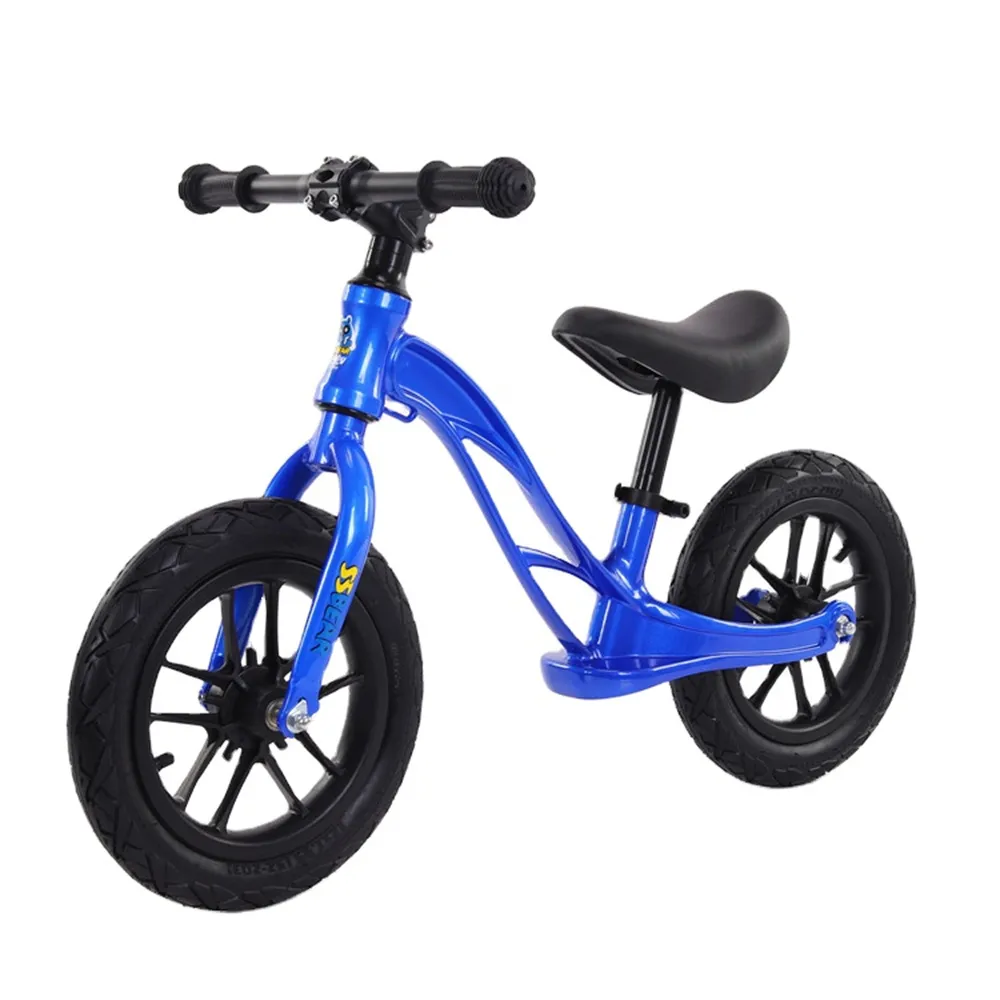Categories and Types of Mountain Bikes for Every Trail Enthusiast
Understanding Mountain Bike Classification A Comprehensive Guide
Mountain biking is more than just a recreational activity; it's a thrilling avenue for outdoor enthusiasts to explore nature and challenge their physical limits. However, with various styles of mountain biking comes the necessity for a classification system that helps riders choose the right bike for their needs. This article will delve into the different types of mountain bikes, helping you navigate the world of mountain biking with ease.
1. Cross-Country (XC) Bikes
Cross-country bikes are designed for efficiency and speed on smooth trails. They are lightweight, with a geometry that allows for a more competitive riding position. Typically equipped with front suspension, known as hardtails, XC bikes can also come with full suspension for improved performance on technical terrain. Riders who engage in long-distance races or enjoy flowing trails will find these bikes suitable due to their nimble handling and speed.
2. Trail Bikes
Trail bikes, often referred to as all-mountain bikes, are the most versatile category. They feature a balanced geometry that accommodates a variety of terrains, making them suitable for climbing, descending, and everything in between. With a longer suspension travel (usually between 120 to 150mm), trail bikes can handle rougher trails and obstacles better than XC bikes. This class is perfect for those who want to tackle diverse trails and prefer a bike that can adapt to different riding styles.
3. Enduro Bikes
Enduro bikes are built for the ride down, yet they still need to perform well on the climbs. These bikes are heavier than XC and trail bikes, often featuring 150mm to 180mm of suspension travel. The design prioritizes descending capabilities, making them robust enough to handle rugged terrains while still providing the capability to climb. Enduro riding often involves timed descents and challenging uphill sections, making this type of bike ideal for riders who seek adrenaline on downhill runs while maintaining uphill efficiency.
mountain bike classification

Downhill biking is for thrill-seekers and those who relish in high-speed descents. These bikes are built for gravity, with a heavy emphasis on maximum suspension travel (often exceeding 200mm), stability, and durability to withstand rugged downhill trails, jumps, and drops. Downhill bikes are not designed for climbing; therefore, most riders will take a shuttle or lift to the top of trails before descending. If your passion lies in gravity-fed trails and pure downhill speed, then a downhill bike is your go-to choice.
5. Fat Bikes
Fat bikes feature oversized tires (usually 3.8 inches or wider), allowing riders to tackle a range of terrains, including snow, sand, and rocky surfaces. The broad tires provide increased traction and floatation, making them ideal for adventurous riders who wish to explore less-traveled paths. Fat bikes may look bulky but they offer a fun and unique riding experience, particularly in winter conditions or on soft surfaces where traditional mountain bikes would struggle.
6. Freeride Bikes
Freeride bikes are engineered for tricks, jumps, and all forms of gravity-defying stunts. This category blends elements of downhill bikes and dirt jump bikes but is heavier to handle the rigors of jumps and landings. They generally have about 120mm to 180mm of suspension and are designed for both downhill and park riding. Freeriding requires a blend of skills, and these bikes are perfect for those looking to push the limits of their riding abilities, especially in bike parks or on technical trails.
Conclusion
Selecting the right mountain bike is crucial for optimized performance and enjoyment on the trails. Each classification serves different riding styles and environments, from the competing racer to the thrill-seeking downhill rider. It's essential to consider your riding preferences, terrain types, and personal skill levels when choosing a bike. With the right mountain bike classification in mind, you're better equipped to embark on your next adventure, explore diverse terrains, and fully embrace the exhilaration that mountain biking has to offer. Happy riding!
-
kids-scooter-tiny-olympic-games-scooterathlonNewsAug.22,2025
-
kids-scooter-waves-xingtai-zhongzhous-global-rippleNewsAug.22,2025
-
baby-tricycle-oem-legacy-zhongzhou-forgedNewsAug.22,2025
-
xingtais-twin-tricycle-revolution-siblings-ride-togetherNewsAug.22,2025
-
baby-tricycle-design-inspired-by-ancient-armorNewsAug.22,2025
-
nfc-chip-enabled-oem-baby-tricycle-trackingNewsAug.22,2025
-
The Perfect Baby TricycleNewsAug.11,2025








